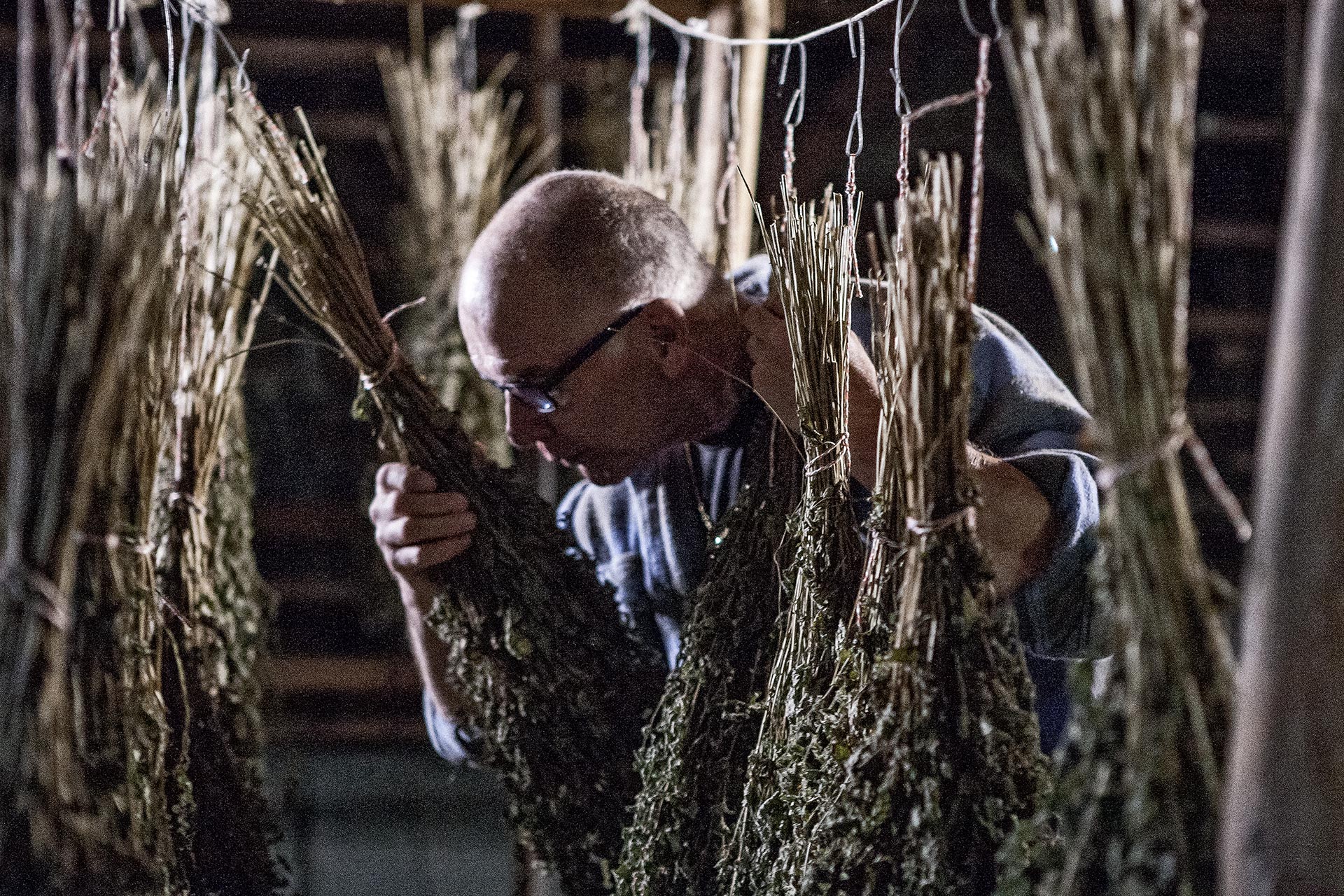Via Romana: a reconstructed Roman road running between Geneva (Genava) and Augst near Basel (Augusta Raurica). It follows part of the ancient route from Rome into what was once Germania. Partly reconstructed by Julius Caesar and used during his campaigns in the Gallic Wars, its use by the military has parallels today. Take Bière, not far from Lake Geneva, for example. Here, Swiss military carry out field exercises on land where once stood a fort belonging to the Roman conquerors. On the outskirts of the same village, blacksmiths can still be found at work. The Tschantz family specialises in producing “Toupins”, ceremonial bells worn by cattle on the annual transhumance through the Alps. Bells were also a feature of Roman graves where their purpose was to protect the dead from the mischief of ghosts. Little bell amulets were later hung around the necks of animals and worn by small children to protect them from witchcraft.
Back to Lake Geneva where Via Francigena runs along the lakeside through Vidy, where the ruins of Roman “Vicus Lousonna” lie, to modern day Lausanne. It wasn’t until the fourth century that the city moved from the side of the lake to the hill on which the cathedral stands today. The Swiss maintain a monument to more recent history, not far from Vallorbe, in a fort named Pré-Giroud. This defence bunker, well disguised as a mountain chalet, actually runs 70 metres deep into the Vaud mountains. During the Second World War troops here protected and controlled the French-Swiss border.
Julius Caesar’s campaign led though the Jura village of Sainte-Croix over 2,000 years ago. For over a century the region has been famous the world over for its Swiss clocks and precision mechanics. It is the birthplace and workplace of inventor, builder of androids and automatons Philippe Junod. Since 1995, Boveresse has been governed once more by the “green fairy”, absinthe. The name comes from the Latin name for the wormwood plant, artemisia absinthium. The discovery of wormwood and herbal tinctures is often falsely attributed to neighbouring France. It’s a recent myth that persists even today.
A little way from Via Romana, in the Canton of Aargau at former legionnaires camp Vindonissa, film maker Jeremy J.P. Fekete meets the Vex Leg XI CPF. A troop dedicated body and soul to the military drill and life of the 11th Roman Legion. They lead the way to Augusta Raurica. One of the most well-kept colony villages in Switzerland, Augusta Raurica had 15,000 inhabitants in its prime and an amphitheater that held up to 13,000 spectators.

